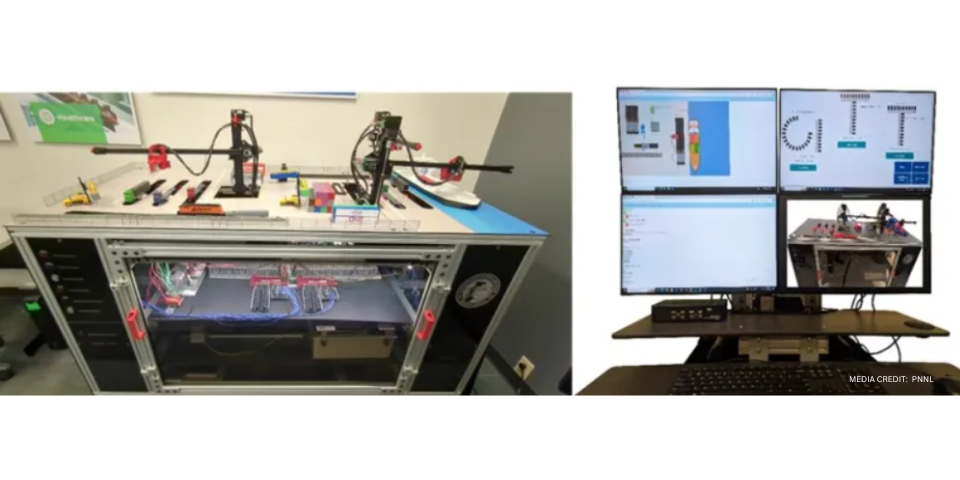A new cutting-edge Control Environment Laboratory Resource (CELR) platform developed by the Science and Technology Directorate (S&T) and Cybersecurity and Infrastructure Security Agency (CISA) will help the U.S. Coast Guard (USCG) boost the cyber strength of our nation’s harbors.
Seaports play an integral role in ensuring the health of our economy. According to the National Oceanic and Atmospheric Administration’s Office for Coastal Management, $2.3 trillion of international trading is facilitated by our seaports, with roughly 1.6 billion tons of imported and exported goods being transported by almost 45,000 vessels every year.
To keep this vital infrastructure running smoothly, our nation’s more than 300 seaports rely heavily on sophisticated information technology (IT) (e.g., software, the cloud, and computer networks) and operational technology (OT) systems (e.g., industrial control systems, supervisory control and data acquisition systems, and terminal operating systems) for their daily operations. These systems are managed, accessed, and controlled via the internet, which makes them susceptible to “hacking, malware attacks, and other malicious online activities,” according to S&T Program Manager Eileen Rubin.
With funding from the Infrastructure Investment and Jobs Act, S&T, CISA, and the Pacific Northwest National Laboratory (PNNL) designed and implemented a laboratory-sized seaport platform that gives operators the ability to safely experience the effects of a cyber-attack and hone their threat hunting and cyber-defense skills.


